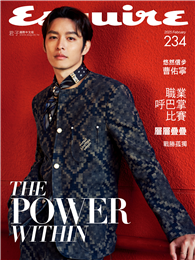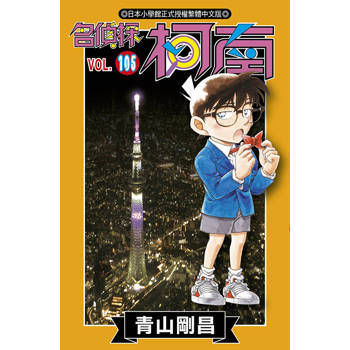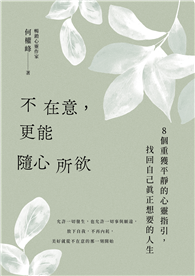| FindBook |
有 3 項符合
China’s Contested Capital:Architecture, Ritual, and Response in Nanjing的圖書 |
 |
China's Contested Capital:Architecture, Ritual, and Response in Nanjing 作者:Charles D. Musgrove 出版社:香港大學出版社 出版日期:2013-05-01 語言:英文 規格:精裝 / 328頁 / 16 x 23 cm / 普通級/ 單色印刷 / 初版 |
| 圖書選購 |
| 型式 | 價格 | 供應商 | 所屬目錄 | $ 1409 |
藝術設計 |
$ 1658 |
中文書 |
$ 1658 |
中國歷史 |
|---|
| 圖書館借閱 |
| 國家圖書館 | 全國圖書書目資訊網 | 國立公共資訊圖書館 | 電子書服務平台 | MetaCat 跨館整合查詢 |
| 臺北市立圖書館 | 新北市立圖書館 | 基隆市公共圖書館 | 桃園市立圖書館 | 新竹縣公共圖書館 |
| 苗栗縣立圖書館 | 臺中市立圖書館 | 彰化縣公共圖書館 | 南投縣文化局 | 雲林縣公共圖書館 |
| 嘉義縣圖書館 | 臺南市立圖書館 | 高雄市立圖書館 | 屏東縣公共圖書館 | 宜蘭縣公共圖書館 |
| 花蓮縣文化局 | 臺東縣文化處 |
|
|
When the Chinese Nationalist Party nominally reunified the country in 1928, Chiang Kai-shek and other party leaders insisted that Nanjing was better suited than Beijing to serve as its capital. For the next decade, until the Japanese invasion in 1937, Nanjing was the “model capital” of Nationalist China, the center of not just a new regime, but also a new modern outlook in a China destined to reclaim its place at the forefront of nations. Interesting parallels between China’s recent rise under the Post-Mao Chinese Communist Party and the Nationalist era have brought increasing scholarly attention to the Nanjing Decade (1927–1937); however, study of Nanjing itself has been neglected. Charles Musgrove brings the city back into the discussion of China’s modern development, focusing on how it was transformed from a factional capital with only regional influence into a symbol of nationhood— a city where newly forming ideals of citizenship were celebrated and contested on its streets and at its monuments.
China’s Contested Capital investigates the development of the model capital from multiple perspectives. It explores the ideological underpinnings of the project by looking at the divisive debates surrounding the new capital’s establishment as well as the ideological discourse of Sun Yat-Sen used to legitimize it. In terms of the actual building of the city, it provides an analysis of both the scientific methodology adopted to plan it and the aesthetic experiments employed to construct it. Finally, it examines the political and social life of the city, looking at not only the reinvented traditions that gave official spaces a sacred air but also the ways that people actually used streets and monuments, including the Sun Yat-Sen Mausoleum, to pursue their own interests, often in defiance of Nationalist repression. Contrary to the conventional story of incompetence and failure, Musgrove shows that there was more to Nationalist Party nation-building than simply “paper plans” that never came to fruition. He argues rather that the model capital essentially legitimized a new form of state power embodied in new symbolic systems that the Communist Party was able to tap into after defeating the Nationalists in 1949. At the same time, the book makes the case that, although it was unintended by party planners who promoted single-party rule, Nanjing’s legitimacy was also a product of protests and contestation, which the party-state only partially succeeded in channeling for its own ends.
China’s Contested Capital is an important contribution to the literature on twentieth-century Chinese urban history and the social and political history of one of China’s key cities during the Republican period.
作者簡介:
Charles D. Musgrove is assistant professor of history at St. Mary’s College of Maryland.
- 作者: Charles D. Musgrove
- 出版社: 香港大學出版社 出版日期:2013-05-01 ISBN/ISSN:9789888139958
- 語言:繁體中文 裝訂方式:平裝 頁數:328頁
- 類別: 中文書> 歷史地理> 中國歷史
|










